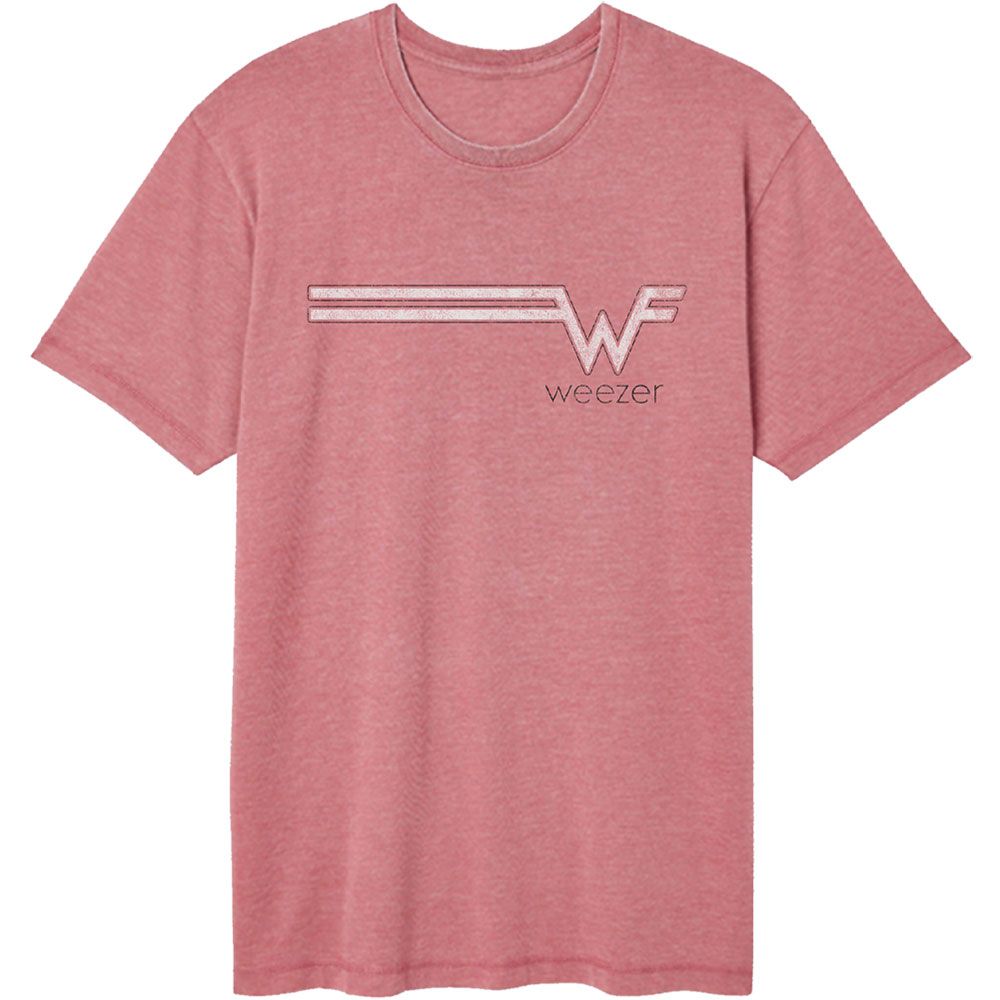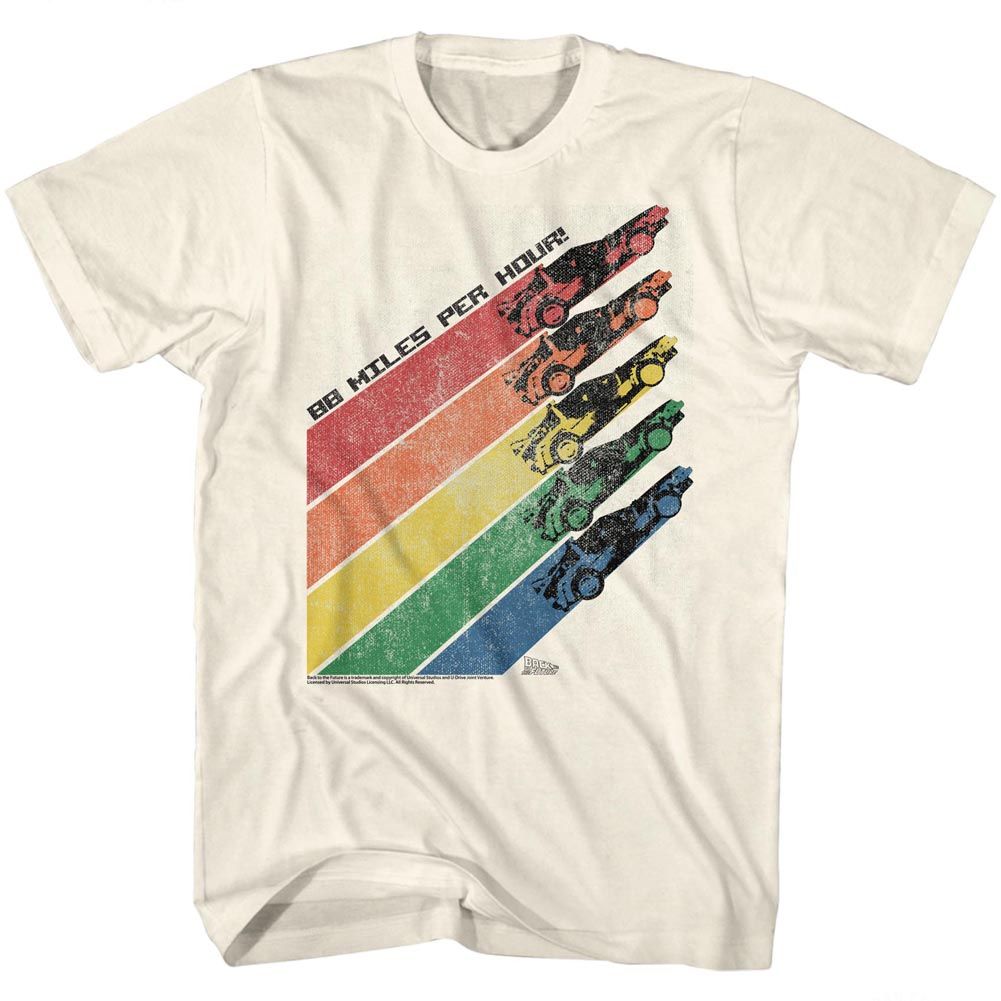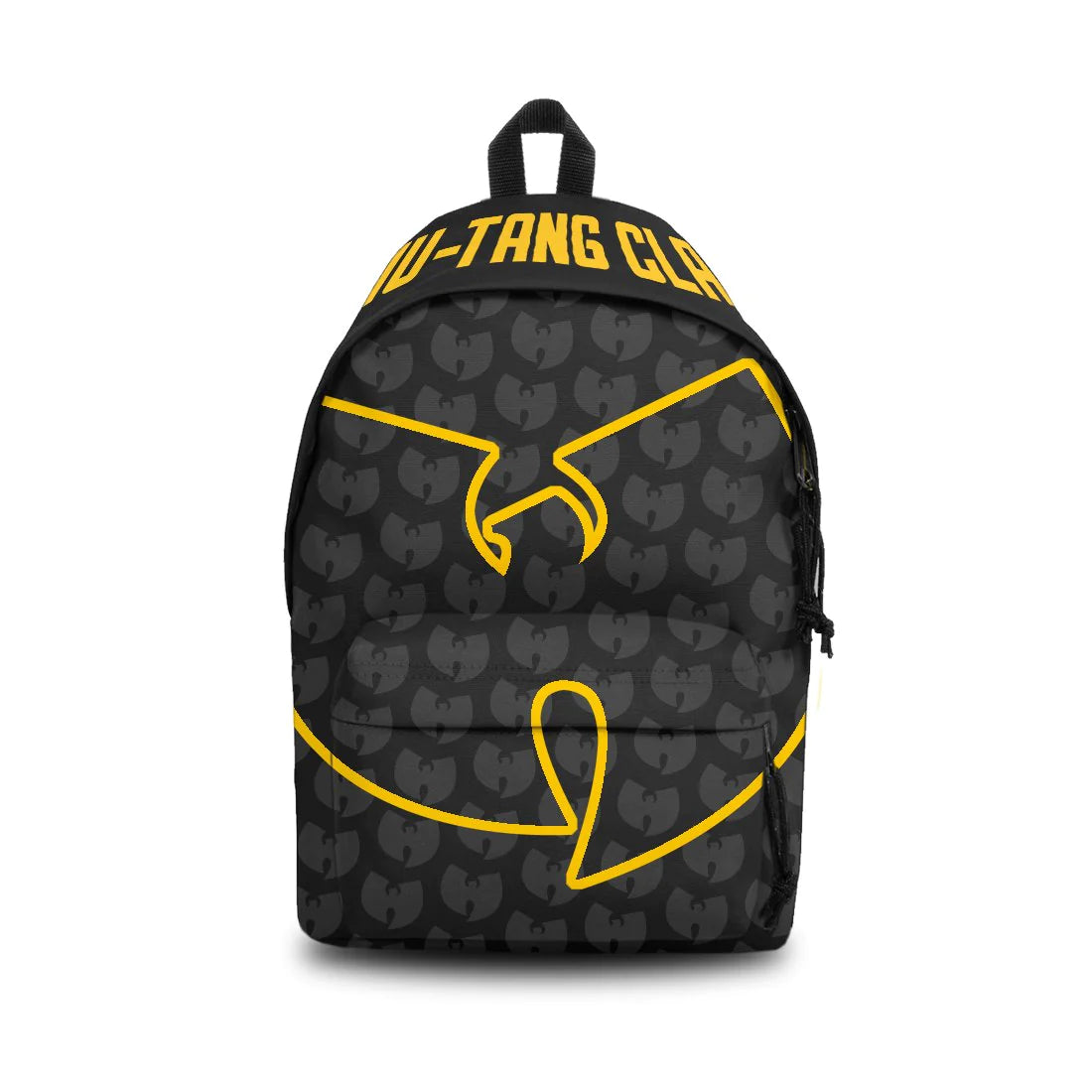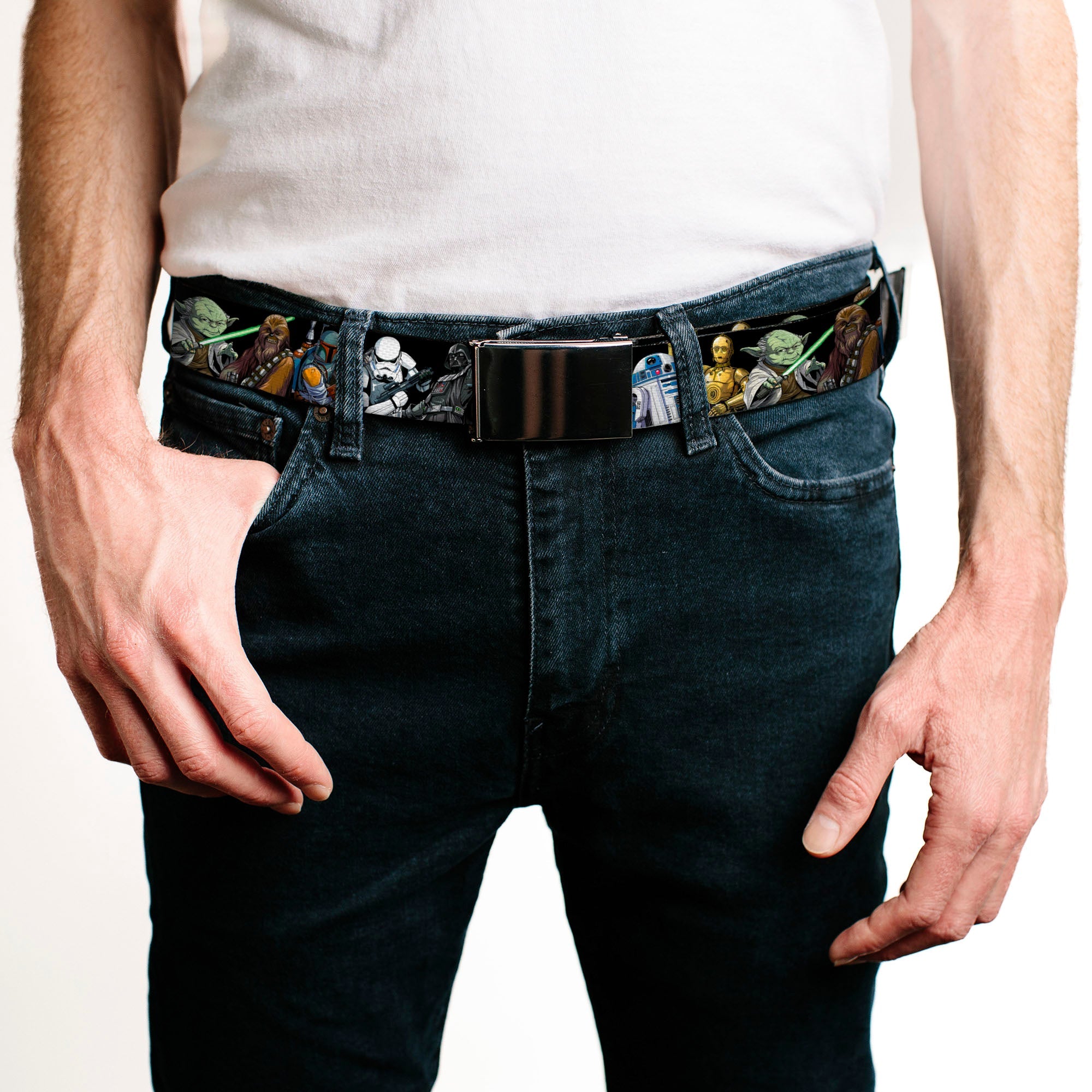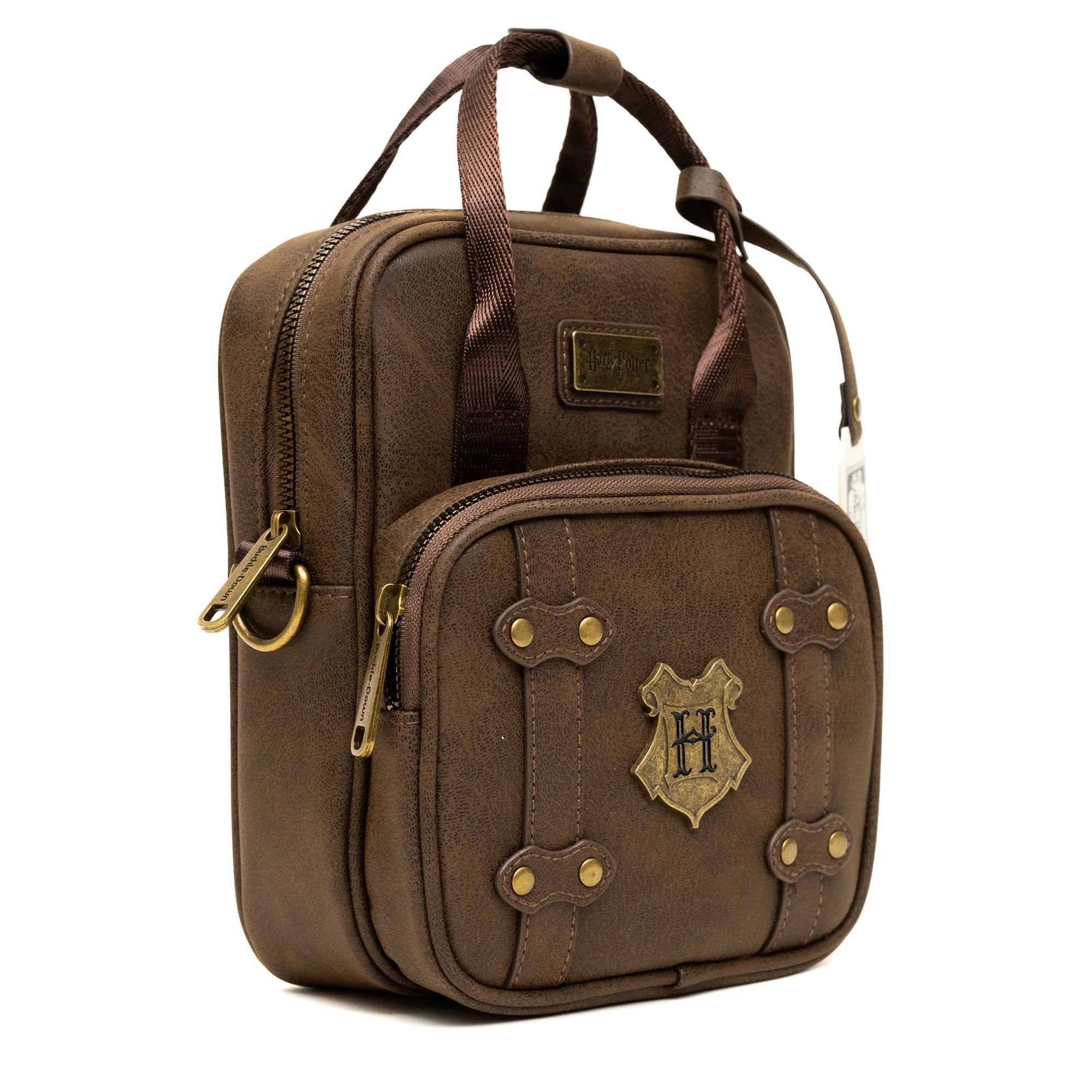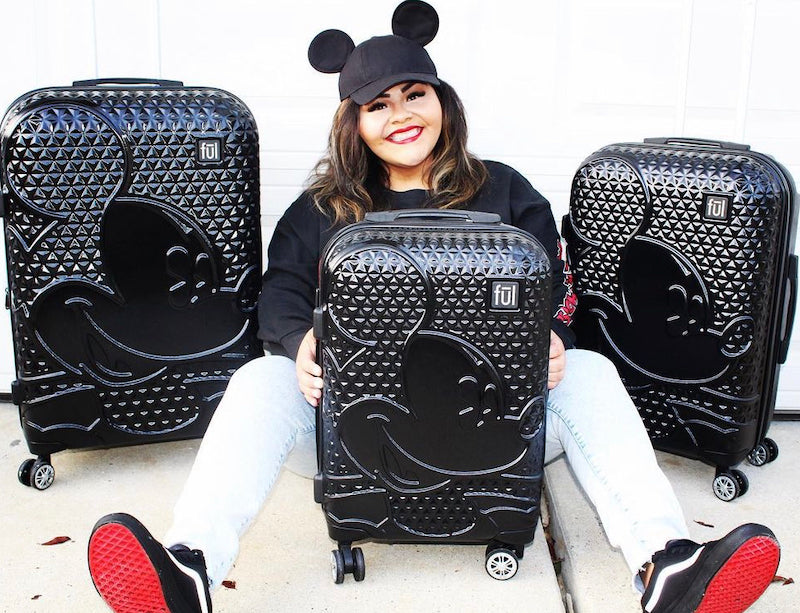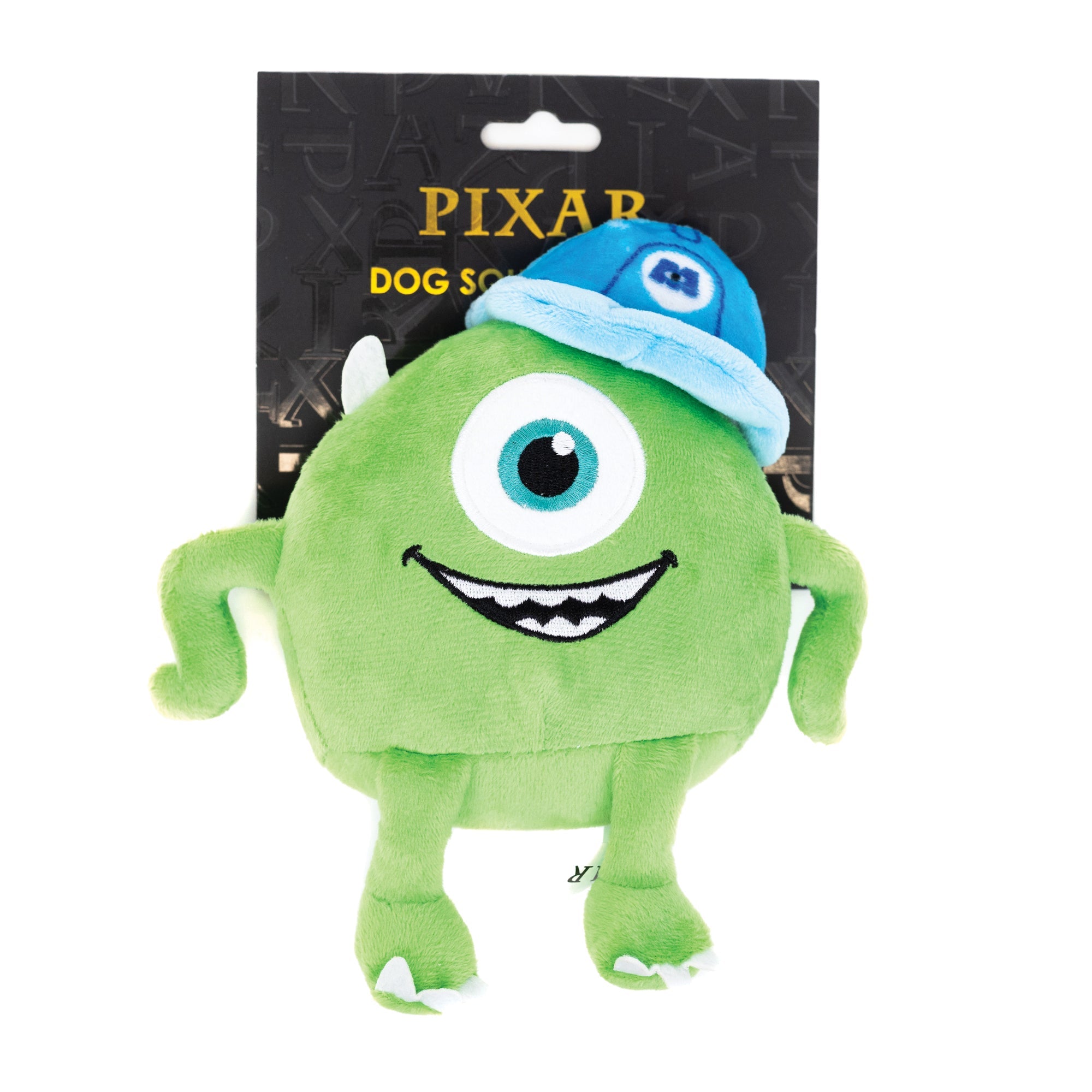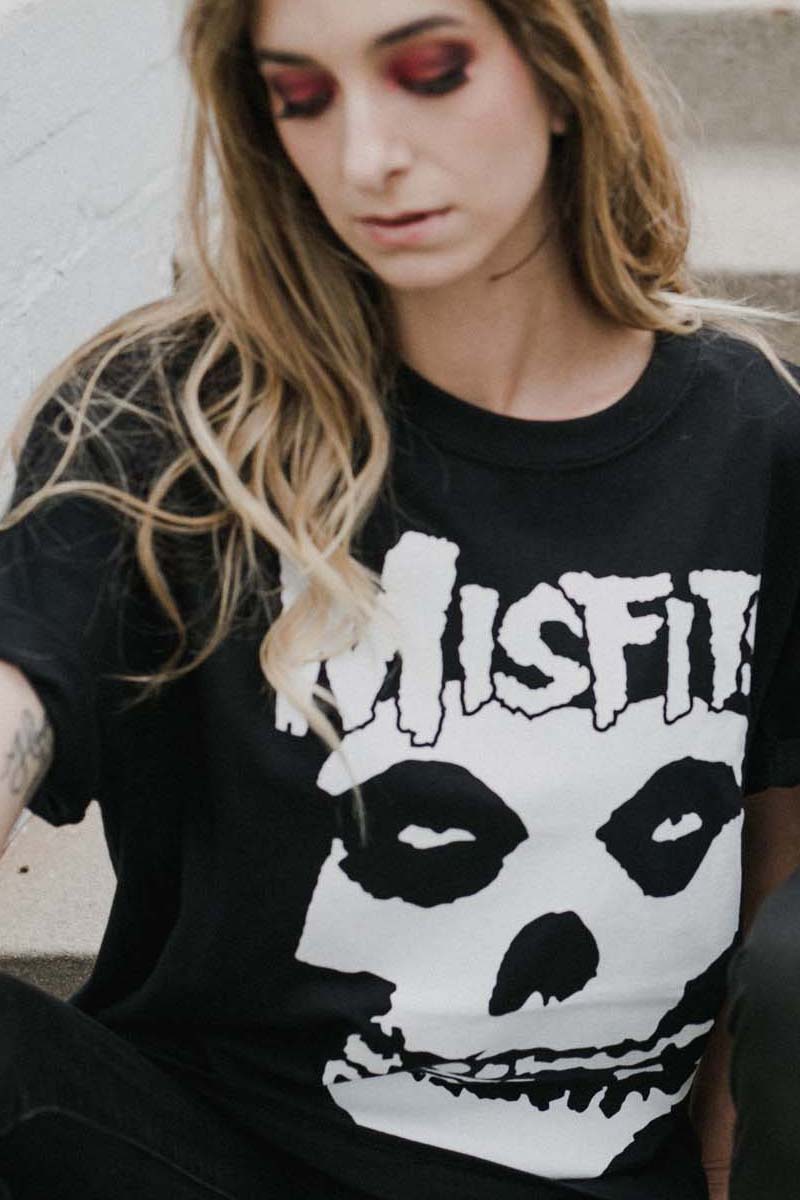The Grateful Dead's Musical Odyssey and Its Evolution into a Fashion Statement
The Grateful Dead, a band that emerged as a cornerstone of rock music, has not only left an indelible mark on music, but also in the world of fashion and culture. Originating in the 1960s, a time overflowing with social change and artistic innovation, the band distinguished itself through its eclectic musical style, profound improvisational skills, and the creation of a devoted fan community known as 'Deadheads'.
The Grateful Dead's aesthetic evolved into a fashion statement through a unique joining of factors. Their music and visual imagery, laden with psychedelic and symbolic elements, resonated deeply with the counterculture movement of the time. The band's iconic logos, like the 'Steal Your Face' skull and 'Dancing Bears,' began as mere representations of their music but soon transcended to become emblems of freedom, creativity, and non-conformity. This imagery was readily adopted in fashion, with fans and fashion enthusiasts alike flocking towards clothing and accessories featuring these symbols, as a way of not just showing allegiance to the band, but also embracing the broader values and displays of personal expression.
Buy Wholesale Grateful Dead Belts, T-Shirts & Accessories at MerchShowroom.com
As the Grateful Dead's influence permeated the cultural landscape, their aesthetic became synonymous with a laid-back, bohemian lifestyle, further solidifying its place in fashion. From tie-dye shirts to accessories like belts and wallets, the Grateful Dead's style transcends mere fan merchandise. It represents a timeless appeal that continues to inspire and resonate with new generations, blending the lines between music, culture, and fashion.
The Grateful Dead's Cultural Impact: Beyond the Music
The Grateful Dead, more than a musical ensemble, evolved into a cultural phenomenon that profoundly influenced popular culture and society. Formed in the mid-1960s in San Francisco, the epicenter of the counterculture movement, the band became synonymous with the era's spirit of rebellion and experimentation. Their music, a psychedelic blend of rock, folk, blues, and jazz, was marked by long, improvisational jams, making each concert a unique experience and forging a deep connection with their audience.
However, the Grateful Dead's impact extended far beyond their music. They were pivotal in shaping the live music scene, being one of the first bands to encourage fans to record their shows, fostering a communal sharing culture that predated the modern digital era. Their approach to touring, with an emphasis on creating a traveling community of fans, laid the groundwork for modern music festivals and touring practices.
In terms of societal impact, the Grateful Dead were instrumental in popularizing the psychedelic art and fashion of the 1960s. Their visual iconography, including symbols like the 'Steal Your Face' skull and 'Dancing Bears,' conceived by artists such as Bob Thomas and Owsley Stanley, became emblems of the counterculture movement. These symbols not only adorned album covers but also became central to the visual language of the era, influencing fashion, graphic design, and poster art. The 'Steal Your Face' logo, in particular, with its bold, contrasting colors and striking imagery, has been widely recognized as an icon of American pop culture.
The band's influence on fashion was significant. Their style, characterized by tie-dye shirts, eclectic and colorful attire, became synonymous with the hippie movement. This aesthetic was embraced by a generation seeking to challenge the status quo, with the Grateful Dead's fashion becoming a symbol of freedom, individuality, and non-conformity.
Furthermore, the Grateful Dead's ethos of community, improvisation, and experimentation has permeated various aspects of society, from the way music is enjoyed and shared to broader attitudes toward art and life. Their legacy continues in the popularity of their merchandise, including unique belts and other accessories that capture the essence of the band's enduring influence. These belts are not just fashion accessories; they are wearable symbols of a rich cultural legacy that continues to resonate with new generations.
Grateful Dead Merchandise for Retailers - Beyond the T-Shirt: A Closer Look at Wholesale Licensed Grateful Dead Belts, Wallets & Accessories
Merch Showroom, a wholesale licensed merchandise marketplace that connects retailers and manufacturers of officially licensed merchandise, offers a distinctive collection of wholesale Grateful Dead belts, featuring iconic 'Dancing Bears' and 'Steal Your Face' designs. These belts are more than just fashion items; they embody the rich legacy of the Grateful Dead. Crafted with attention to detail, each belt in this exclusive range is available in various sizes to accommodate diverse preferences. The construction of these belts is a blend of durability and style, often using high-quality materials to ensure longevity and comfort. The designs vary from subtle and classic to vibrant and eye-catching, catering to both understated and bold fashion statements. Their unique appeal lies in their ability to connect wearers with the Grateful Dead's enduring legacy, making them popular among fans and fashion enthusiasts who appreciate music-inspired accessories.

Design Deep Dive: Dancing Bears and Steal Your Face
Cultural Symbols in Fashion
The 'Dancing Bears' and 'Steal Your Face' logos, emblematic of the Grateful Dead, represent much more than a band's branding; they are symbols deeply ingrained in cultural history. The 'Dancing Bears' were designed by Bob Thomas and are renowned for their playful, lively imagery. They symbolize the joy, movement, and free spirit often associated with the Grateful Dead's music and concerts. These bears are not just decorative; they're a nod to the band's unique blend of music, improvisation, and communal experience. On the flip side, the 'Steal Your Face' skull logo, created by Owsley Stanley and Bob Thomas, features a striking skull with a lightning bolt. It encapsulates a sense of boldness and identity, resonating with the band's innovative and boundary-pushing music style. This symbol has become a defining image for the Grateful Dead, representing not just the band but an entire lifestyle and philosophy that appeals to multiple generations. Incorporated into the belt designs, these symbols transcend their musical origins. The belts have become more than fashion accessories; they are wearable artifacts that carry the legacy of a cultural era. The use of vibrant colors, artistic nuances, and the faithful representation of these iconic symbols in the belts' designs speak to the enduring influence of the Grateful Dead and their impact on fashion and culture.
Market Analysis: Demand and Demographics for Grateful Dead Belts

The Grateful Dead's merchandise, particularly their themed belts, enjoys a strong market presence, tapping into a diverse and passionate consumer base. This demand is fueled by a mix of nostalgic older fans, who have followed the band since its inception, and younger audiences, who are drawn to the vintage and iconic nature of the band's imagery. These belts appeal to a broad demographic spectrum, encompassing various age groups and style preferences. The appeal of Grateful Dead merchandise transcends generational boundaries, combining elements of retro fashion with contemporary design trends. This makes the belts not just a nostalgic item for long-time fans but also a trendy fashion statement for younger consumers. The demographic interested in these belts includes both music enthusiasts and fashion-forward individuals, highlighting the crossover appeal of the Grateful Dead's legacy.
Retailer's Corner: Marketing and Merchandising Strategies
For retailers, the key to successfully marketing Grateful Dead belts lies in tapping into the unique blend of music history and modern fashion trends that these items represent. Strategies could include creating themed displays that emphasize the rich history of the band, using both vintage and contemporary design elements. Retailers should also consider leveraging social media, particularly platforms frequented by music and fashion enthusiasts, to showcase the belts' designs and (more importantly for engagement) the stories behind them. In-store, positioning these belts alongside other music-related merchandise like Grateful Dead t-shirts can create a holistic shopping experience for customers. It's also beneficial to educate sales staff about the Grateful Dead's history and the significance of their imagery, enabling them to convey this story to customers, adding depth to the shopping experience.


